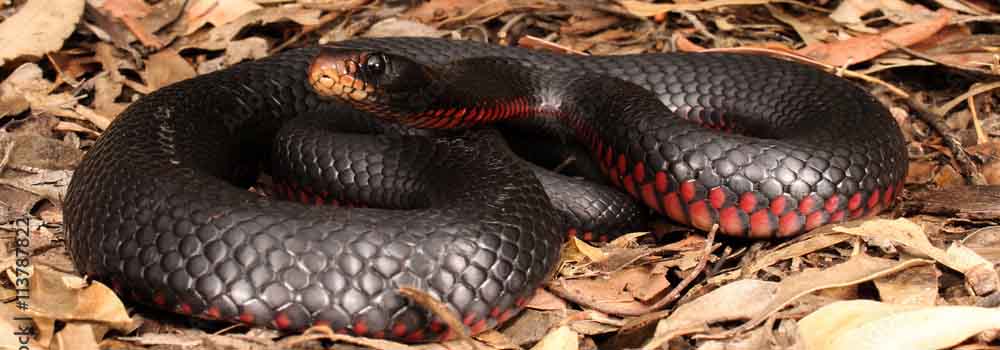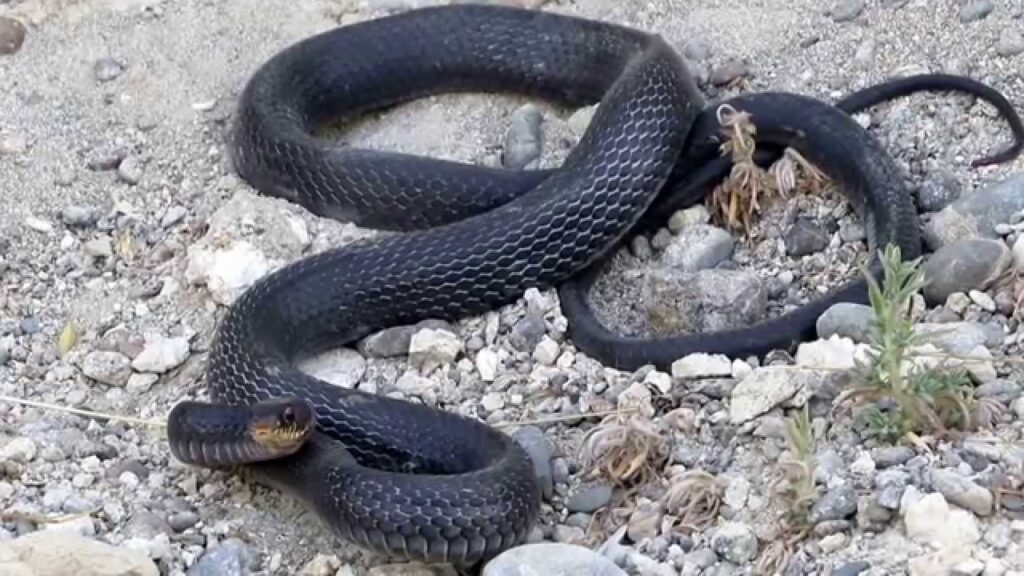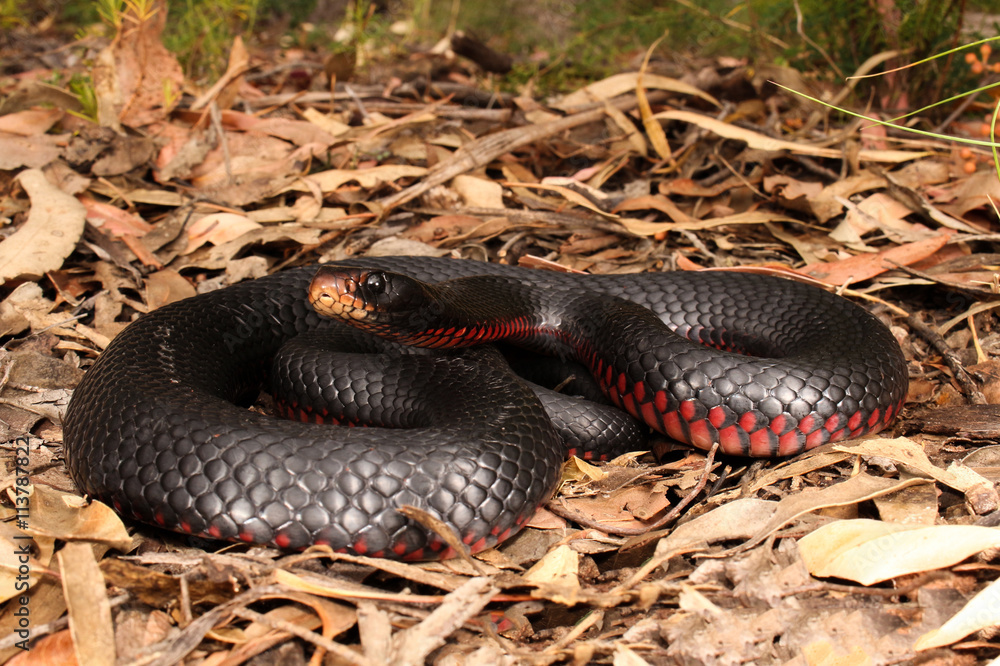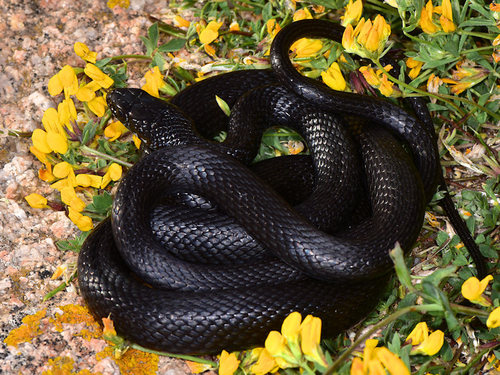The Black Whip Snake of Cyprus
The Black Whip Snake, also known as Dolichophis jugalis, is a slender and agile snake found in various parts of Europe including Cyprus, North Africa, and the Middle East. This snake is known for its striking appearance and impressive speed, making it a fascinating species to study.
A Non-Venomous Colubrid Snake
The Black Whip Snake is a non-venomous colubrid snake that can grow up to 1.5 meters in length. It has a long and slender body, with a distinctive black coloration that gives it its name. The snake's body is also adorned with thin white or yellow stripes that run along its length, adding to its visually striking appearance. The head of the Black Whip Snake is elongated and narrow, with large eyes and a pointed snout.

The Black Whip Snake’s Habitat
This species is primarily found in dry and rocky habitats, such as scrublands, grasslands, and rocky outcrops. It is also known to inhabit agricultural areas and olive groves, where it can find shelter and prey. The Black Whip Snake is a diurnal species, meaning it is active during the day, and it is an excellent climber, often seen basking on rocks or low vegetation.
One of the most remarkable features of the Black Whip Snake is its incredible speed and agility. This species is known for its swift movements and can quickly slither away when threatened. It is also an adept climber, using its muscular body and strong grip to navigate through rocky terrain and vegetation with ease. These traits make the Black Whip Snake a formidable predator and a challenging species to capture or observe in the wild.

The Black Whip Snake’s Diet
The diet of the Black Whip Snake consists mainly of small vertebrates, such as lizards, rodents, and birds. It is an ambush predator, relying on its speed and stealth to catch its prey. Once it has captured its target, the snake will use its sharp teeth to grasp and subdue the prey before swallowing it whole. This species plays a crucial role in controlling the populations of small vertebrates in its natural habitat, contributing to the balance of local ecosystems.

Mating in The Spring
The reproductive behaviour of the Black Whip Snake is also noteworthy. Mating typically occurs in the spring, and females will lay a clutch of eggs in the summer. The eggs are usually deposited in a hidden location, such as under rocks or in burrows, where they will be incubated for several weeks before hatching. Once the young snakes emerge, they are fully independent and must fend for themselves from the start.
Faces Threats Due to Habitat destruction
Despite its impressive physical abilities, the Black Whip Snake is not without threats. Habitat destruction, road mortality, and persecution by humans are among the primary challenges facing this species. Conservation efforts are essential to ensure the survival of the Black Whip Snake and its natural habitats.

In conclusion, the Black Whip Snake is a remarkable species with its striking appearance, impressive speed, and crucial role in its ecosystem. Studying and protecting this snake is vital to maintaining the balance of its natural habitats and preserving its unique traits for future generations to appreciate.


